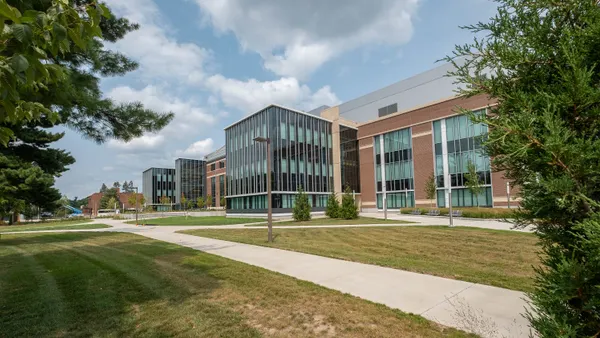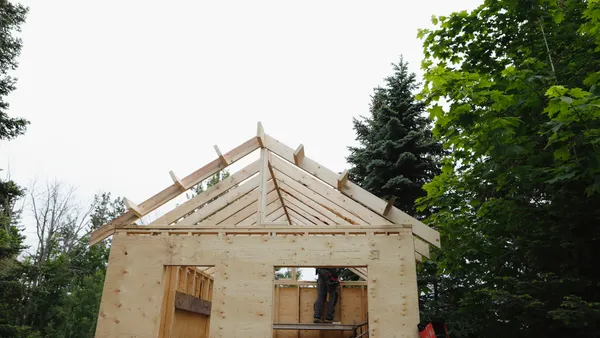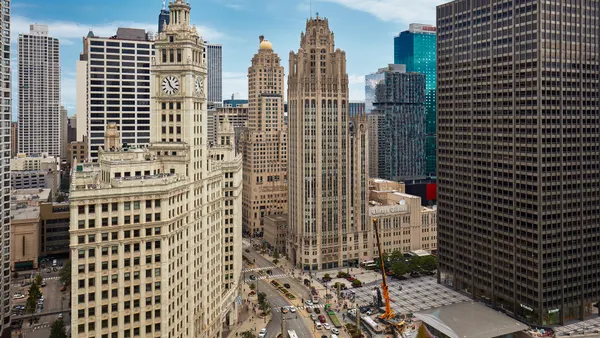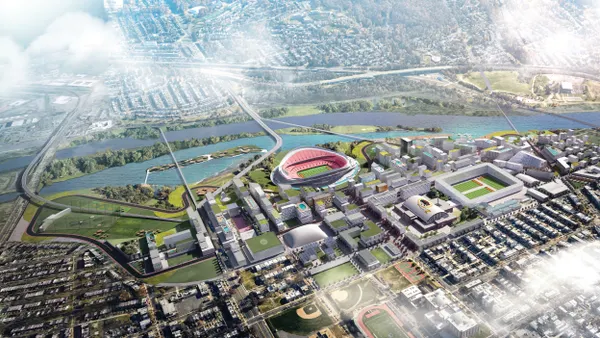Editor's Note: The following is a guest post from Barry Stiles, founder and CEO of TRUEGRID Pavers.
Over the past decade, we’ve seen low-impact development move into the mainstream of public planning. With extreme weather endangering homes, businesses, and most importantly public safety, green infrastructure has become a matter of life and death. It’s about loss and preventing loss.
Developing cities in the same old way — especially in terms of paving and stormwater management — has had devastating impacts on the land and on communities. Look at Houston. It faces mammoth storms every few years, yet it’s smothered in impervious hardscape surfaces like asphalt and concrete. When storms like Hurricane Harvey hit, stormwater has limited places to drain and therefore invades homes and businesses. Water overwhelms the city, risking lives and causing costly property damage.
Urban development will not and should not stop. Instead, cities are embracing a bigger spirit of innovation to move beyond old methods. Rather than turning cities into heat islands and contributing to environmental degradation, development sites can return a natural ecology to the land, absorbing water as an undeveloped natural site would do.
Why low-impact development is essential
Just as we seek out new designs for our homes and more productive working environments, we can pursue modernized paving solutions that not only alleviate the environmental impacts of development, but also protect the area's economy.
Low-impact paving is central to the future of urban development because while it provides a functional and attractive surface, it also works hard to protect the environment. By absorbing and filtering stormwater, it eliminates runoff, which protects property and communities from the dangerous effects of flooding. It also protects from the pollutants that build up in excess stormwater. Permeable pavers reduce the concentration of pollutants, either by freeing them from becoming trapped or by breaking down bacteria within the water.
To be clear, permeable paving is not a complete solution on its own. Whether using porous asphalt, clay brick pavements, resin-bound paving, permeable interlocking concretes, or permeable plastic grid pavers, these technologies can help manage stormwater runoff when used alongside existing techniques.
The benefits of using low-impact pavement extend beyond emergency management. Increase the permeable surfaces in an area, and that area becomes greener. Trees and plants have more space to flourish, which improves the atmosphere and aesthetics of a community. More green life helps keep natural resources, like rivers and streams, clean.
When you improve these environmental aspects, the area’s economy directly benefits. More green life means cities spend less money on upgrades to infrastructure like detention ponds and stormwater vaults and save in property damage and business suspension.
How to shift to low-impact paving practices
City leaders can introduce lower-impact paving practices and modernize a whole range of urban development projects using these five strategies:
-
Encourage low-impact paving for new builds. When choosing how to pave or repave in areas of development, low-impact paving is a sustainable option for your community. All commercial or industrial lots should be encouraged, when they can, to offset impervious cover with 100% pervious paving including stormwater detention.
-
Plan for more stormwater than you expect. Cities are often surprised by heavy rain events and the problems they cause. Don’t let this be you. Plan for both annual rainfall and for short-duration heavy rain events that cause flash flooding. That means setting up adequate detention capacity and pervious cover and restricting the use of impervious materials to where they’re absolutely necessary. Permeable cover alone is not enough to manage runoff from a massive storm event, but it can make a crucial difference in averting catastrophic flooding.
-
Educate stakeholders. Cities should provide continuing education for their own engineers and planners, sure, but also to local engineers, architects, builders, developers, contractors and homeowners. In Houston, leaders have established an education project at the Green Building Resource Center, which sits right next to the city’s permit center so visiting contractors and developers can easily and conveniently learn about low-impact development.
-
Offer financial incentives. You can’t control every aspect of your environment, but you can encourage others in your community to choose low-impact paving, among other sustainable practices. Along with educating businesses and developers in your area, you can also make it easy for them to use permeable solutions. Provide incentives like eliminating ongoing stormwater fees or taxes for builders who use low-impact materials.
-
Integrate low-impact paving into your city plan. There are permeable paving options for many different development landscapes. These can be an integral tool in urban stormwater management planning and regulation. Get to know the needs of your environment and research your options so you can choose the right permeable solution for your area. You can then update commercial and industrial guidelines to include low-impact paving solutions.
The stakes of renaturalizing our communities are at an all-time high. Unless we confront the danger of extreme weather and adapt our cities accordingly, we will continue to lose homes, property, and even lives. We’ve gone far beyond using recycled materials and adding green space to make cities more livable. The beauty of low-impact development is that it returns a site to its natural logic while continuing to grow a city fit for the future.









